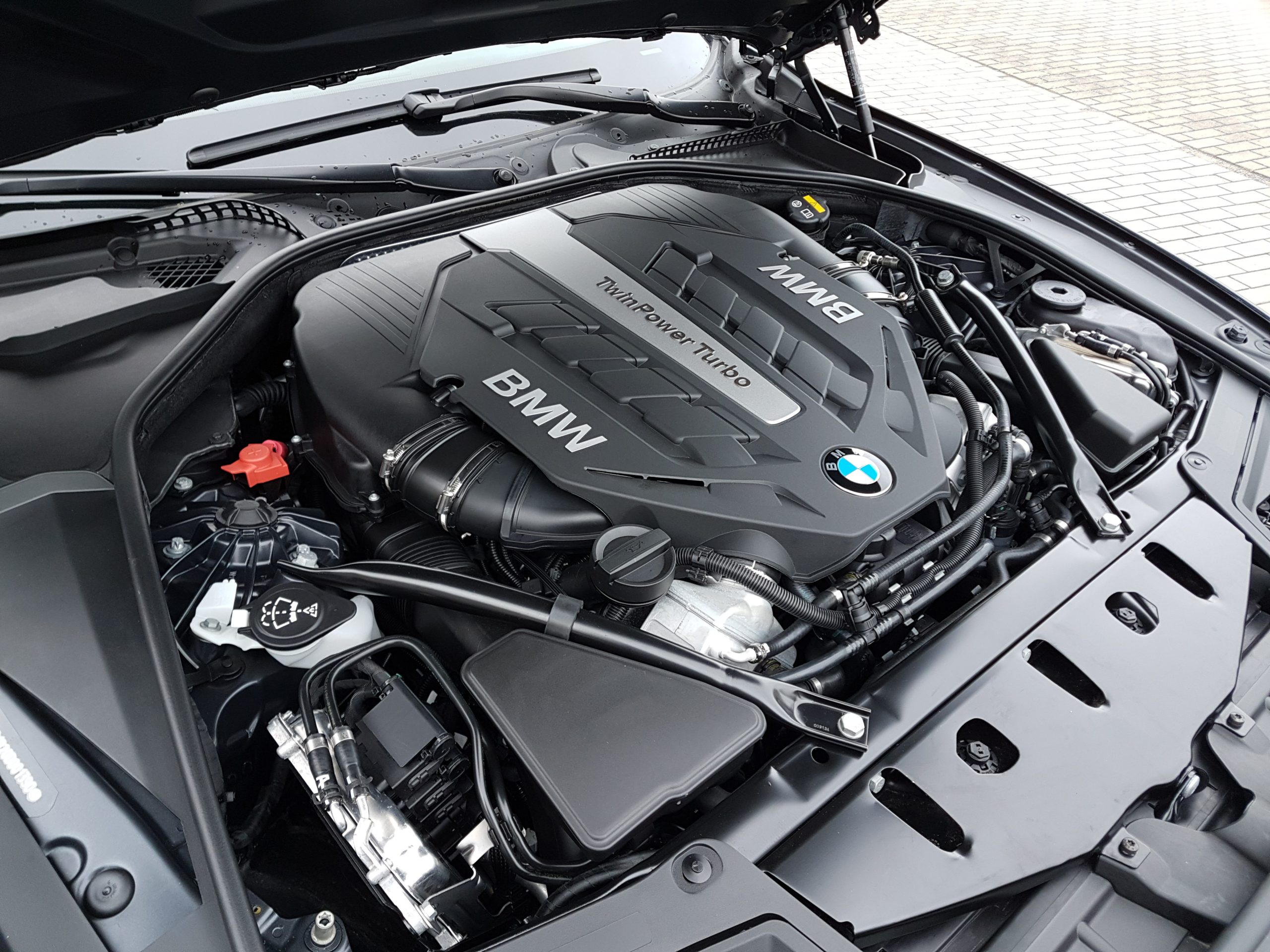Luxury car ownership shouldn’t include $15,000 surprise engine bills, yet BMW’s N63 twin-turbo V8 delivers exactly that nightmare scenario. This engine—powering flagship sedans and SUVs since 2008—fails before 100,000 miles with devastating regularity, turning dream cars into financial disasters.
While Toyota and Lexus engines commonly exceed 200,000 miles before major issues, the N63 has earned notoriety among mechanics for catastrophic breakdowns that often cost more than the depreciated car’s value.
The Catastrophic Failure Playlist
Multiple critical systems fail in predictable patterns, creating a perfect storm of expensive repairs.
- Timing chain guides made of brittle plastic break apart, sending metal fragments through the engine and causing piston-to-valve contact
- High oil consumption from worn valve stem seals leads to lubrication starvation and smoking exhaust
- Turbochargers fail from excessive heat and poor oil return
- High-pressure fuel pumps dump raw fuel into cylinders, destroying pistons and rods
According to independent mechanics, repair bills consistently exceed $10,000, with many owners choosing to scrap their vehicles rather than rebuild engines that might fail again.
The German Engineering Myth Cracks
Audi and Volkswagen’s turbocharged engines show similar patterns of premature failure.
Audi’s EA888 2.0T engines exhibit significant timing chain tensioner failures and excessive oil consumption, proving this isn’t an isolated BMW issue. Independent teardown experts uniformly warn consumers away from pre-2014 N63 models and recommend avoiding turbocharged German V8s entirely unless buyers prepare for major repairs.
Even BMW’s later updates—the N63TU series—address some problems while creating new ones, with no version achieving the reliability reputation of Mercedes-Benz or Japanese luxury rivals.
Performance Promises Hide Engineering Shortcuts
Pursuing maximum horsepower in compact spaces creates thermal nightmares and mechanical stress.
Twin turbochargers crammed into tight engine bays generate extreme heat loads that overwhelm cooling systems and accelerate component wear. BMW’s decision to use plastic timing chain guides—instead of metal ones—prioritized weight savings over durability, creating a ticking time bomb in every N63.
The hot-V turbo configuration, while innovative, compounds thermal management problems and makes routine maintenance exponentially more complex and expensive.
You deserve better than crossing your fingers every time you start your car. If you’re shopping for used German luxury vehicles, prioritize independent pre-purchase inspections and complete maintenance records. Better yet, consider whether that extra horsepower justifies the risk of engine replacement bills that rival buying another car entirely.





























